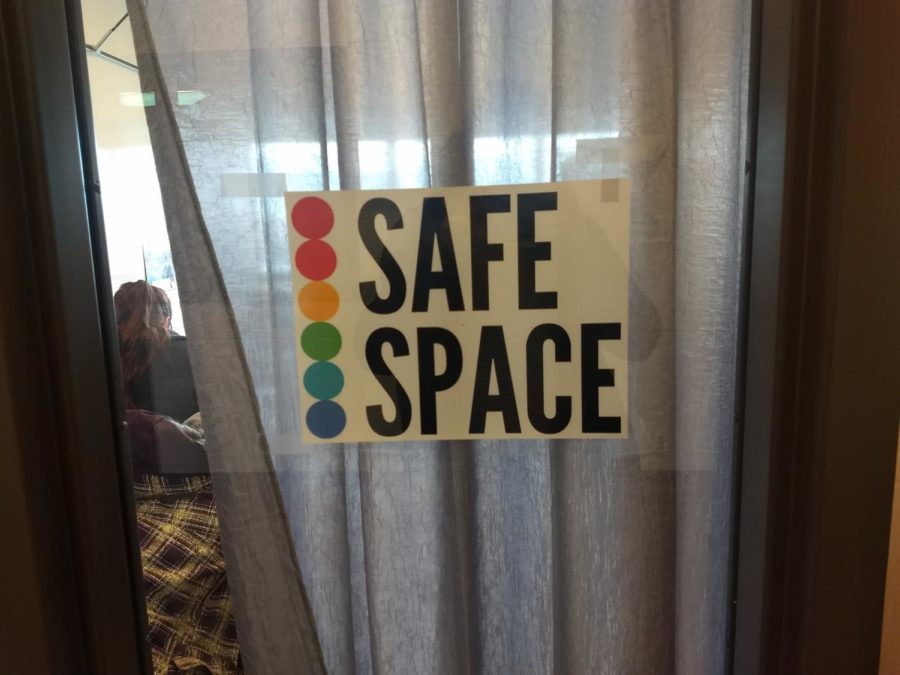Are Our Safe Spaces Truly Safe?
January 11, 2019
Most students hate school, or at the very least, don’t like school. However, school is important and should be a place where students feel comfortable. On the Howl, we will be starting a new series about perceived flaws at the school and how students think they could be fixed. It shows how much student ideas and inputs can really help our school grow. The first article in our series will be about the Safe Space offered at our school.
For those of you who don’t know, Safe Spaces are areas at the school where students are meant to feel safe and a place where they can be themselves, free of judgment. Most Safe Spaces can be found and recognized by students and teachers by the signs/posters on a classroom door or in the classroom. It’s meant to be a bully-free space and is mostly in regards to students in the LGBT+ community. There’s one flaw that has been brought up to me. Students who aren’t part of the LGBT+ community aren’t accepted the same as students who are. One student (who would like to remain anonymous) stated: “I hate being bullied about being straight [in the Safe Spaces]”. If Safe Spaces are supposed to be bully free and judgment-free, then why are there students who feel like they are being bullied there? What’s the point of having a Safe Space if it’s not what it claims to be?
According to a student here at WHS, Mia Struckness, “If we get a [Safe] Space, it shouldn’t be specific to LGBT+, but more so open to everyone including LGBT+. Like, they might need it more but that doesn’t mean it’s more specific to them”. Safe Spaces are meant to be inclusive for everyone, despite their race, age, sexuality, or anything about them that isn’t always accepted. The so-called “Safe Spaces” at our school don’t actually provide a safe space. So what’s the point of them?
“I get that bullies can suck, but cowering away in a safe space will just under develop their defense against other people’s opinions. The offense and sadness will only be worse over time, as they don’t know how to cope. I think the moral and processes behind the framework of safe spaces is acceptable, but it will only hurt the people who rely on them when they go into the real world. The answer to this lies in character building, and dealing with problems” said Kolton Hafele, a student at WHS. If this is what students think about Safe Spaces, how can we make them better?
I talked to several different students to see how they think our Safe Spaces can be improved. “Teachers [should try] to be more one on one with students and be more welcoming. They should show that they enjoy their job and want to help” claims an anonymous student. Mia Struckness has said “I don’t like how the counselors’ offices are in the fish tanks now because it’s glass and just doesn’t feel very private. Like if someone was having a breakdown during passing time, everybody could see”. Another student said, “I feel that if someone is being bullied or has anxiety, they should be able to go somewhere where they can calm down or get away from it”.
Overall, it seems like students agree that the idea of Safe Spaces is great but there are a few things that could be improved. Our Safe Spaces need to feel safe for the people who use them; that’s why we need to identify what needs to change and work on making it better. Let’s go make a difference!

